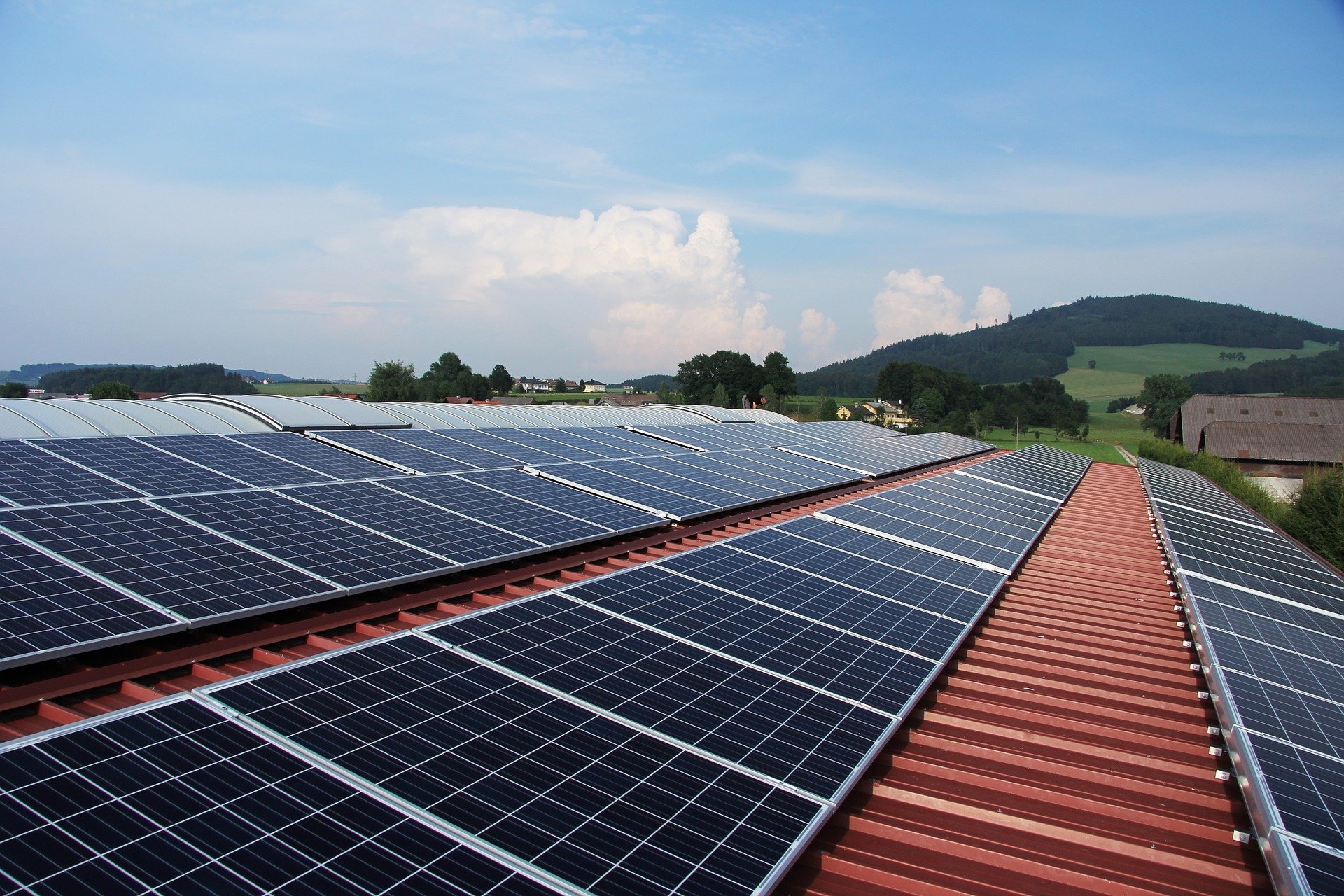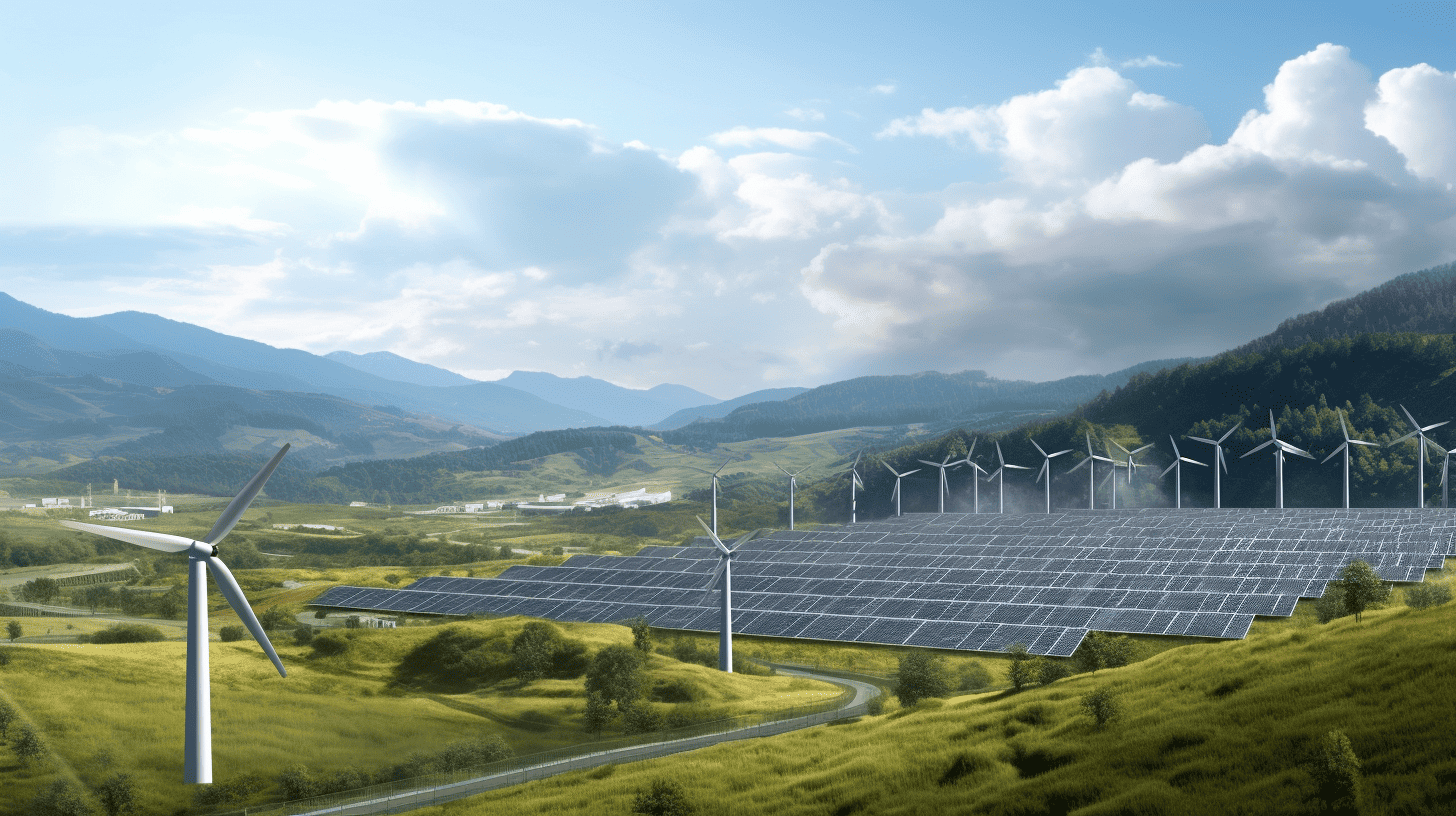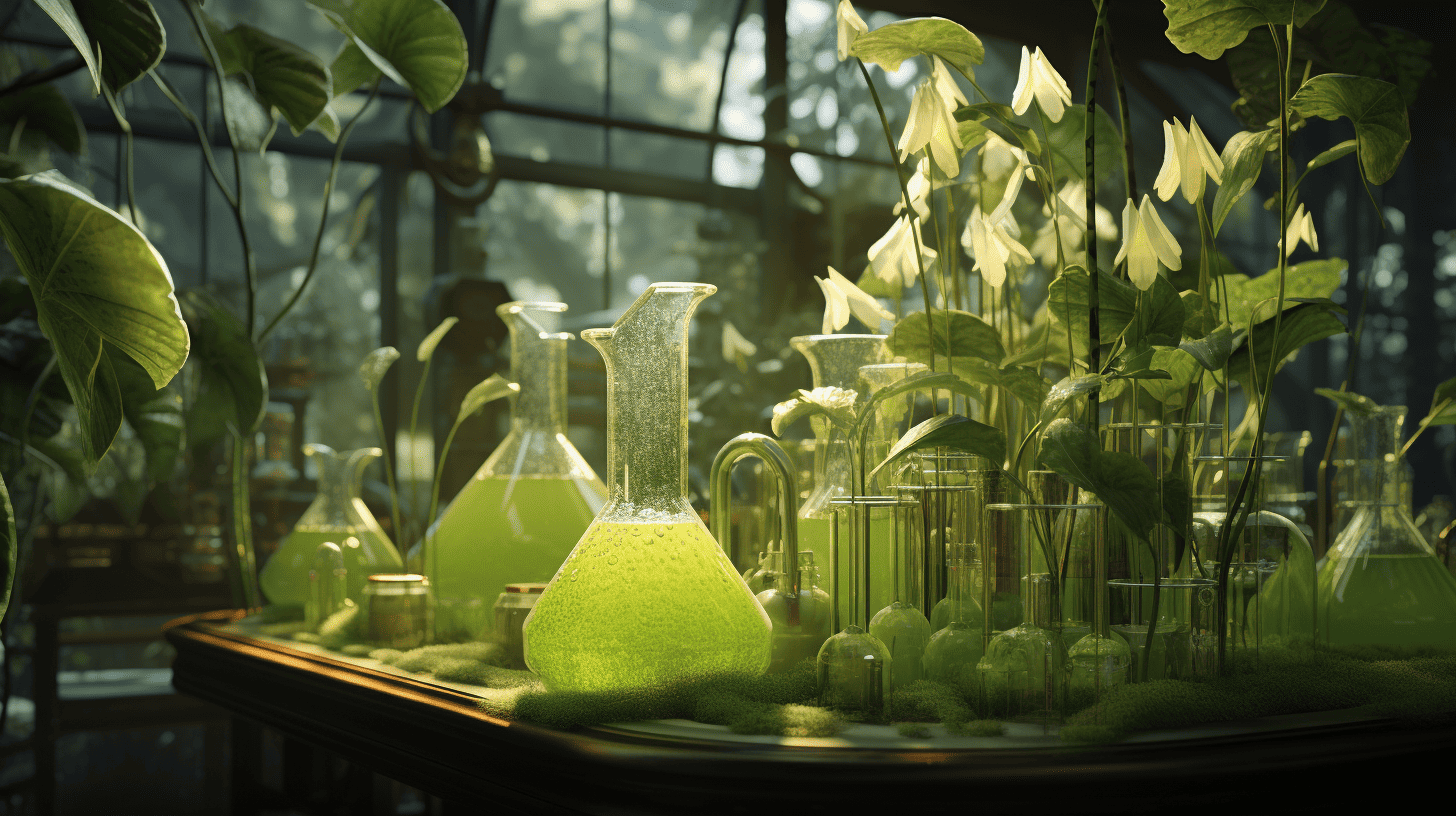
In the search for green energy solutions, we often look at the sun and utilize its energy with silicon-based solar cells. They directly convert solar energy into electricity with quite a high conversion efficiency. Still, Kaijian Zhu, a PhD student in the PhotoCatalytic Synthesis Group, is working on a different type of solar device that converts and stores the energy in chemical bonds. He recently published his work in the Journal of Physical Chemistry C, writes the University of Twente in a press release.
Silicon-based solar cells are the most well-known and commercialized devices to utilize sunlight. They can directly convert solar energy into electricity and their solar conversion efficiency is very high. So why are we still trying to develop alternative methods? These kinds of solar cells cannot store solar energy. The solar influx is affected by latitude, diurnal and seasonal variations and climate. This means that at some time, the converted excess solar energy is wasted, while at another time there is not enough solar energy. “To avoid this awkward situation, the best way is to convert and store solar energy instead of just converting it into electricity”, says KaijianZhu.
Energy ‘containers’
Zhu works on special energy ‘containers’ that both capture and store the energy from sunlight. These containers make use of resources such as water and carbon dioxide and a stable photocatalyst. A photocatalyst is a material that can absorb sunlight and perform a chemical reaction. There are two different types of photocatalytic systems: powder-based and electrode-based photocatalysts. Another name for the latter is the photoelectrochemical cell, which is the type Zhu is focusing on.
Photoanode and -cathode
Photoelectrochemical cells comprise two electrodes, the photoanode and the photocathode. The photoanode and photocathode work in two chambers separated by a membrane, which can separate the formed products. “In my current research, I focus on the charge transfer dynamics inside the photocathode, what happens after light absorption. We hope to reveal the possible reasons for the present low conversion efficiency by deepening the understanding of the whole light-induced reaction process, enabling it to realize efficient conversion. It is like consolidating the foundation before building a house”, explains Zhu.
Sustainable future
Zhu aims to reduce or even eliminate the main issues presently hindering efficiency. He optimizes the photoelectrodes, thereby improving their overall performance, towards a more sustainable future.
Also interesting: Bringing solar energy to the market faster through borderless cooperation
Selected for you!
Innovation Origins is the European platform for innovation news. In addition to the many reports from our own editors in 15 European countries, we select the most important press releases from reliable sources. This way you can stay up to date on what is happening in the world of innovation. Are you or do you know an organization that should not be missing from our list of selected sources? Then report to our editorial team.







